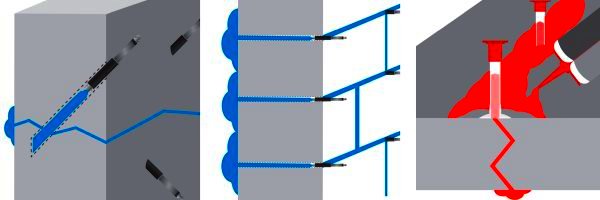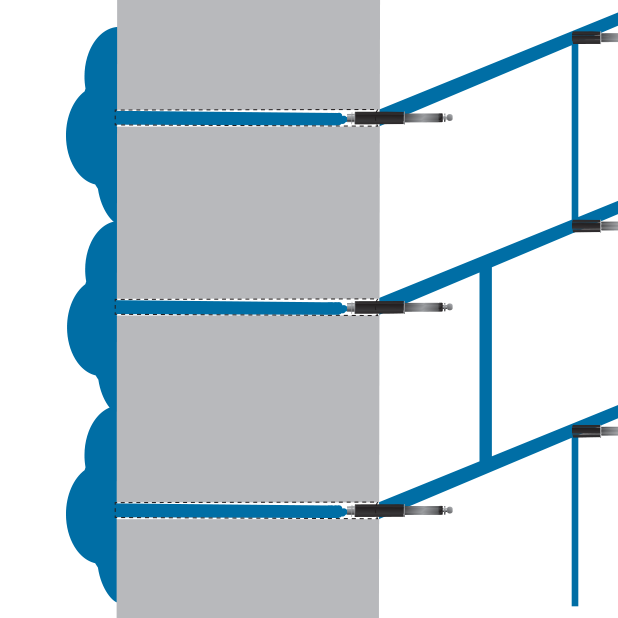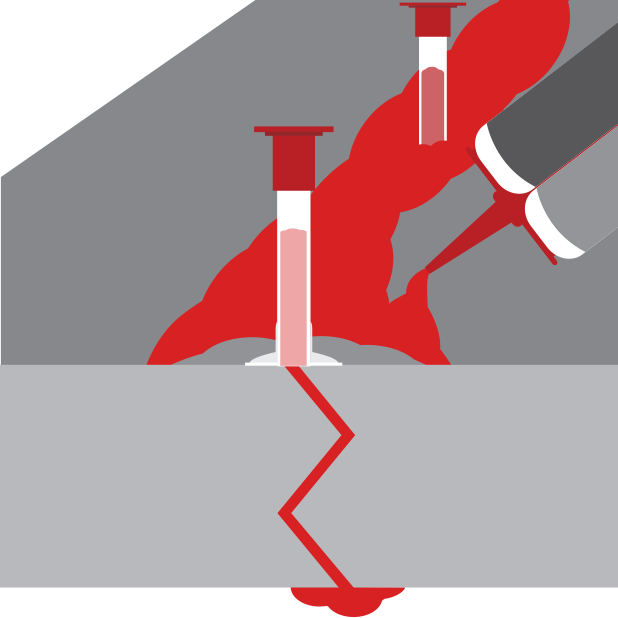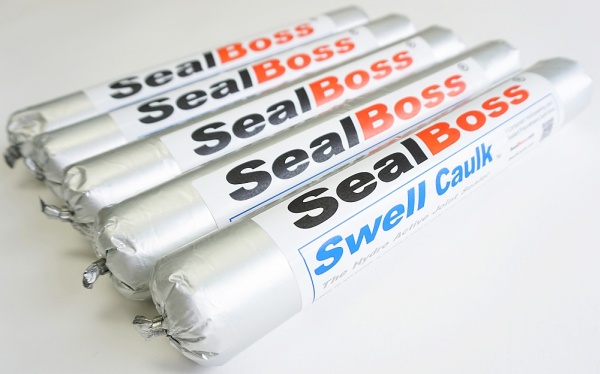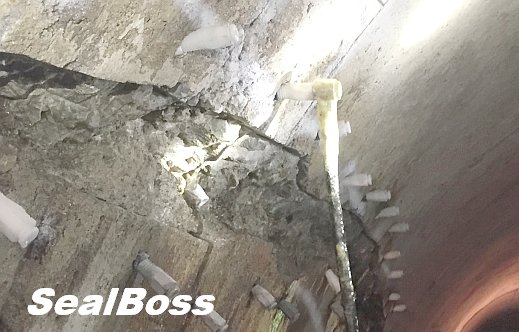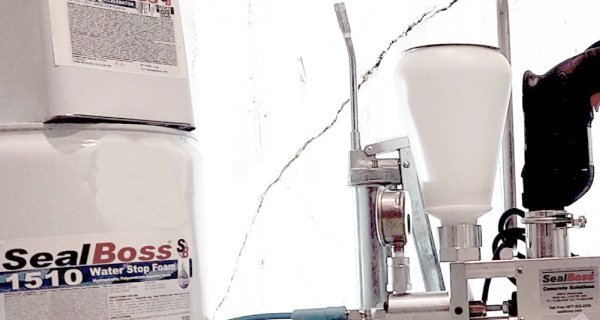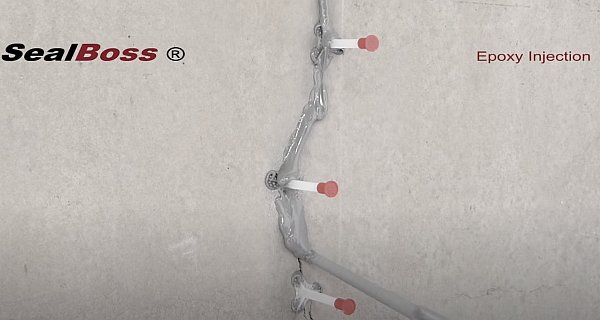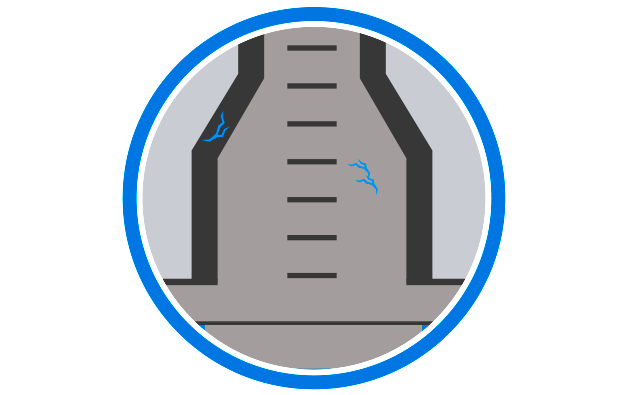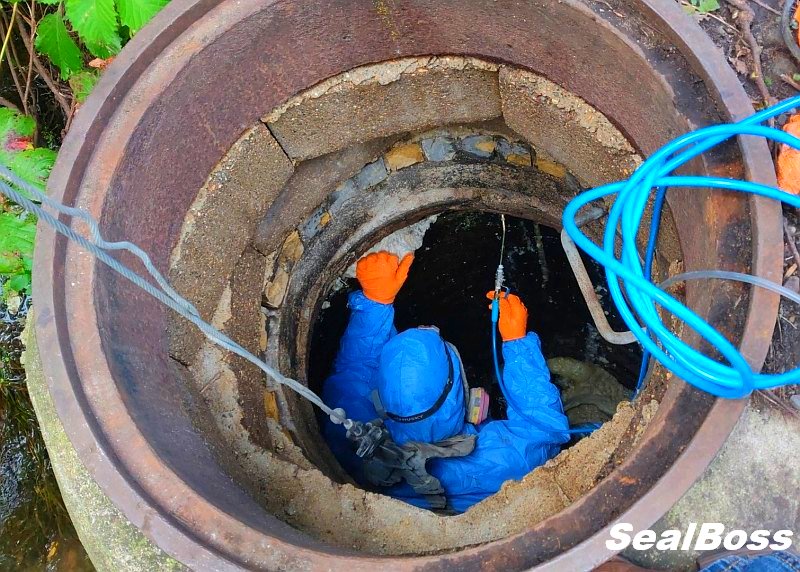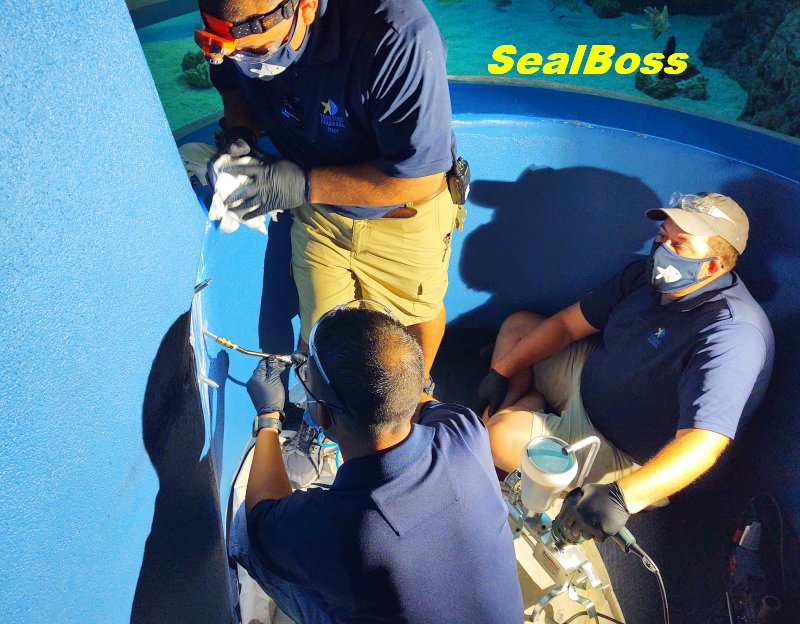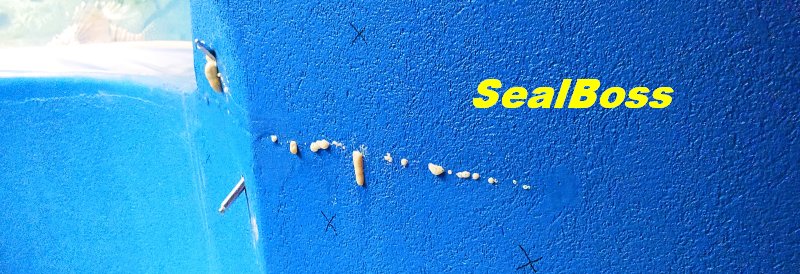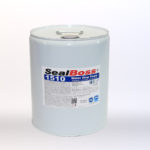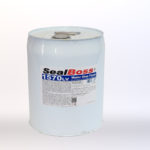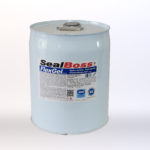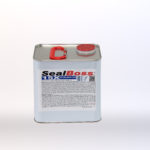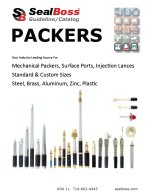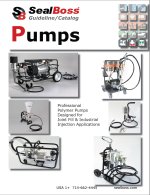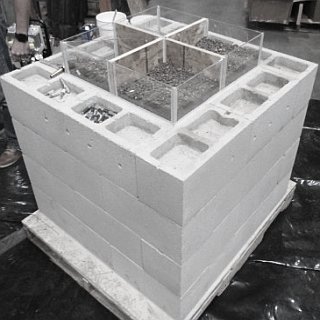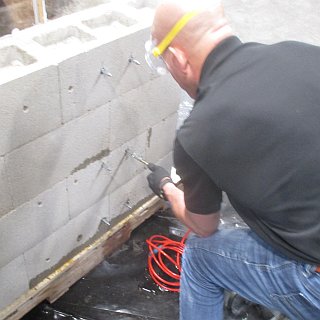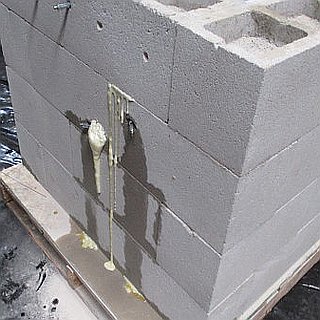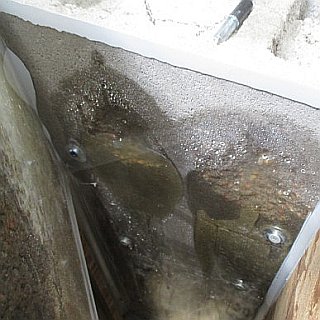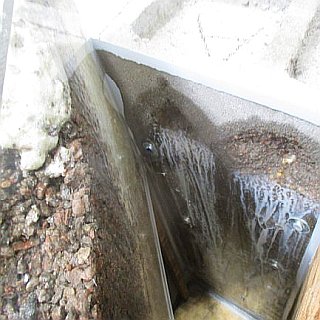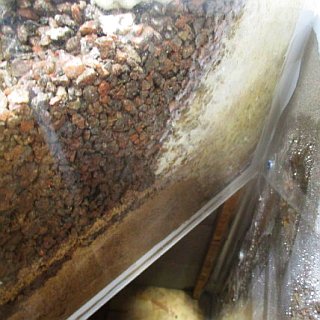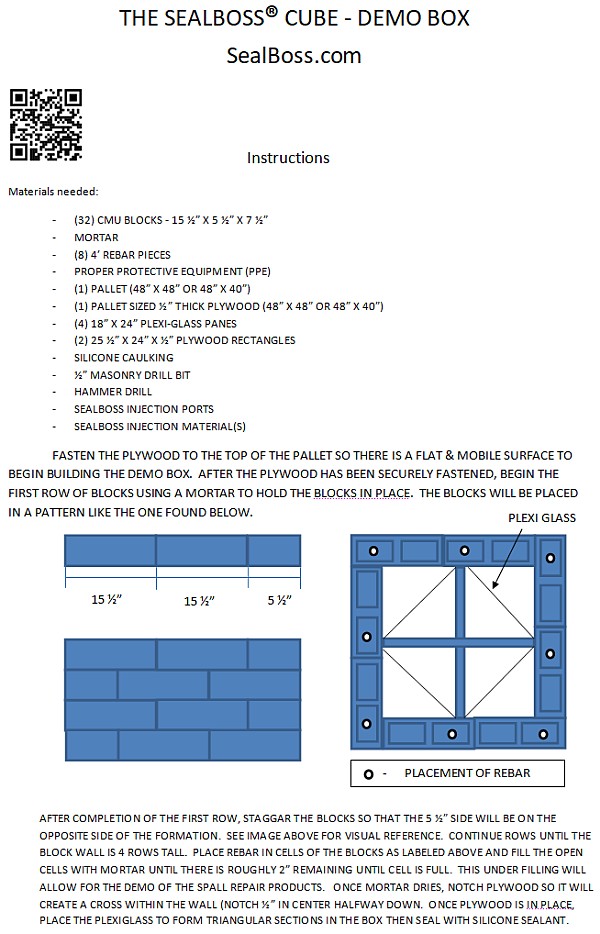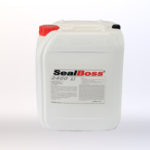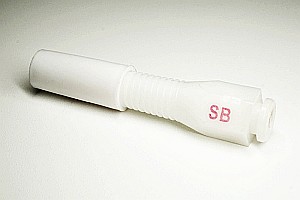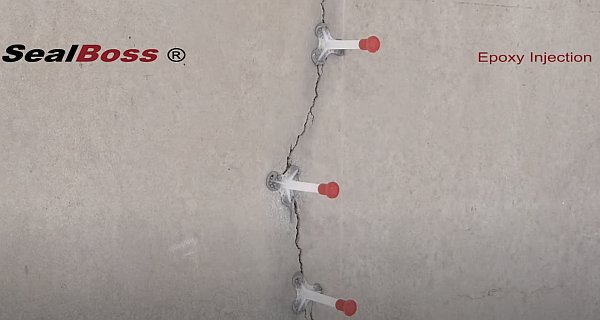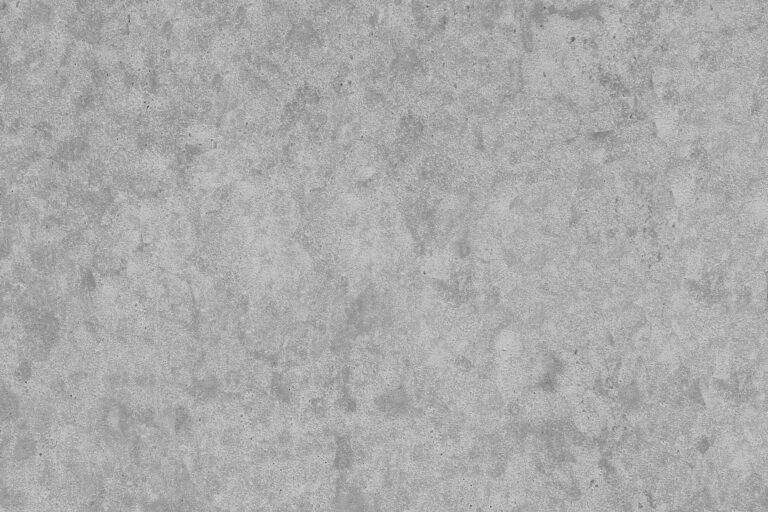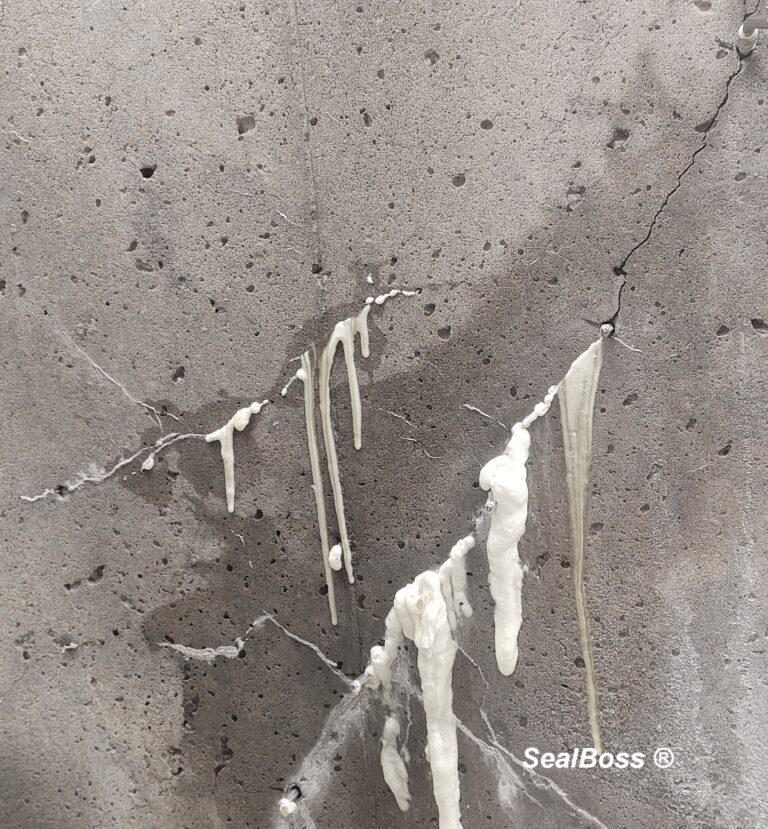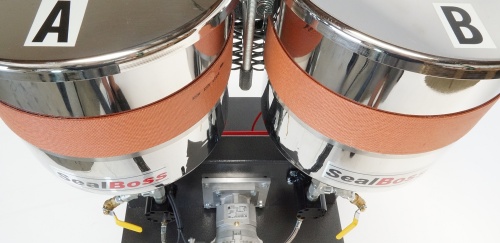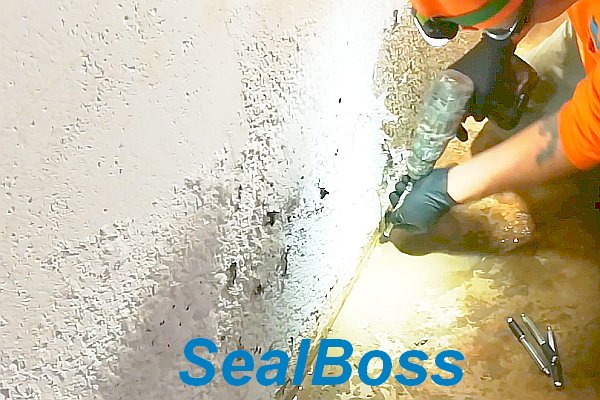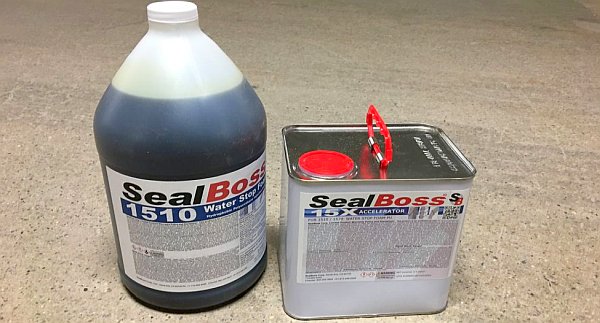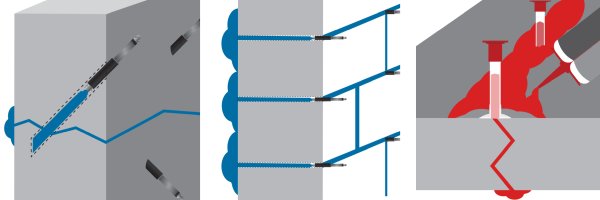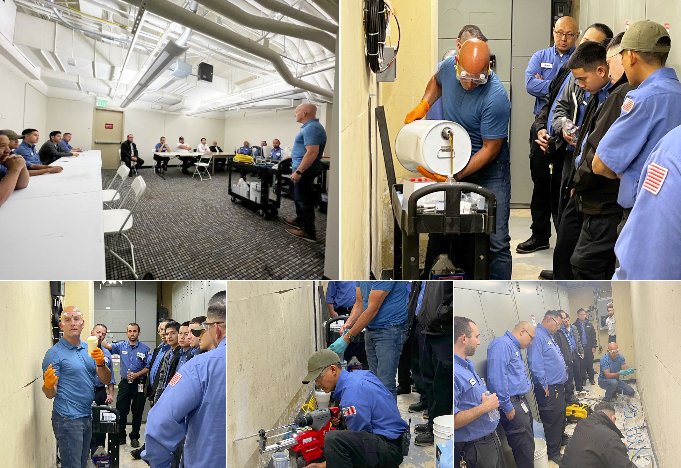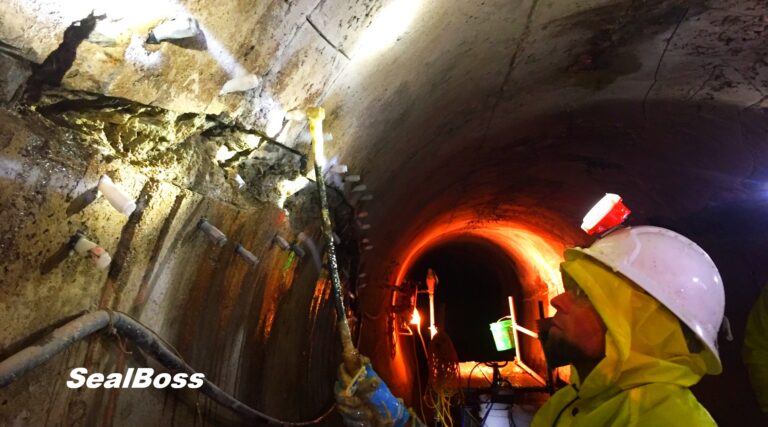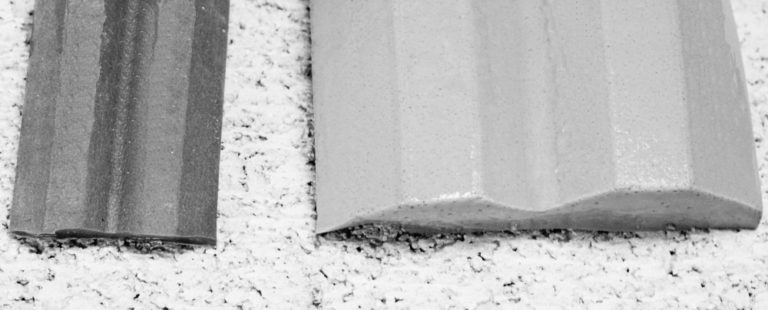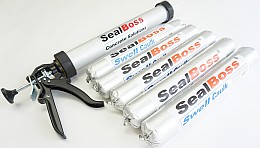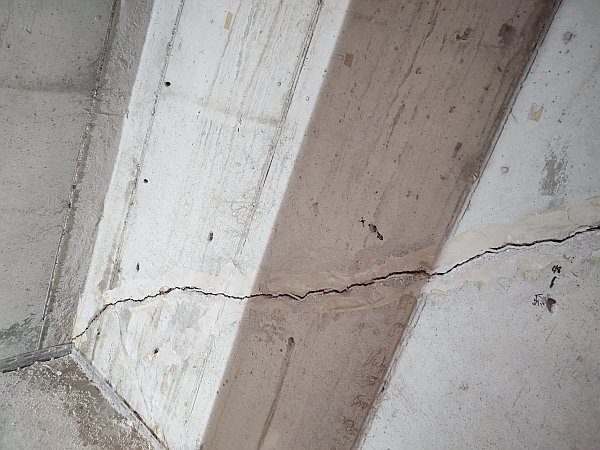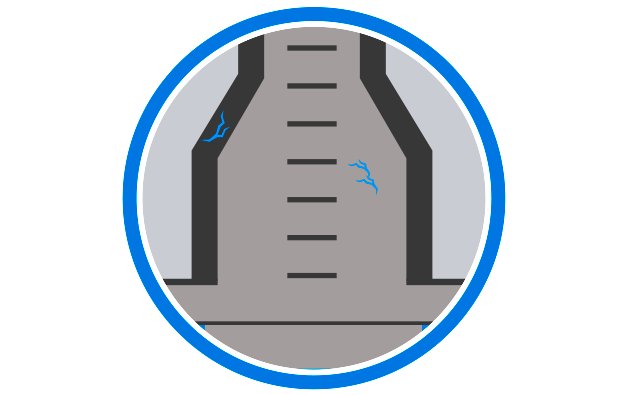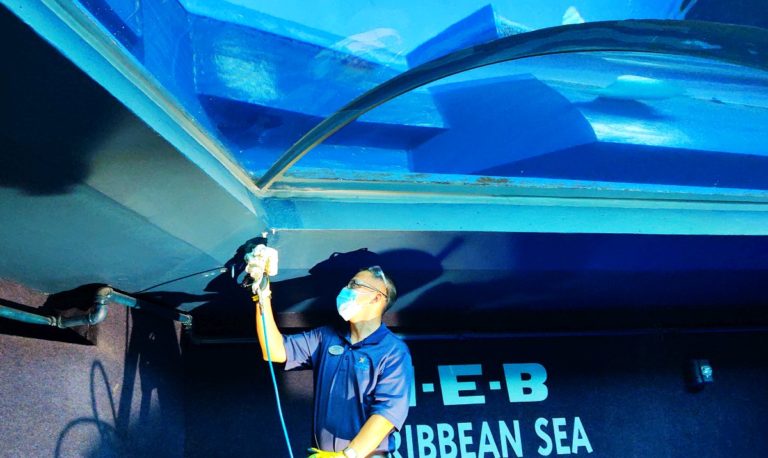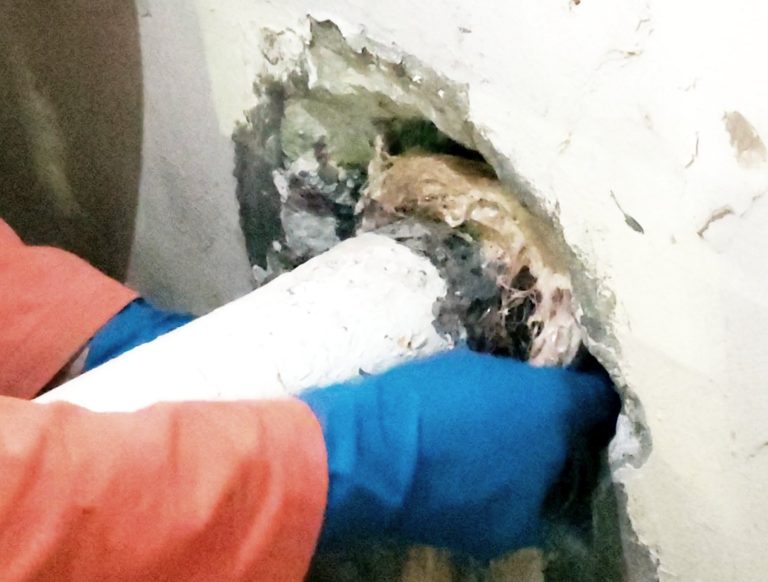Highway Spall, Crack, and Pothole Repair
Highway Spall, Crack, and Pothole Repair
Highway and Road Repair Polymers
Introduction
In the comprehensive field of highway and road maintenance, addressing the challenges of spalls, cracks, potholes, and birdbaths in a quick and timely fashion is crucial for ensuring the public safety and longevity of road infrastructure. Advanced polymer products have significantly enhanced traditional repair methods, providing solutions that are not only convenient, rapid and extremely durable but also environmentally friendly.
Who hasn’t felt the frustration of constantly scanning the road for large cracks and gouges, only to still end up jolting through an unexpected major pothole?
This article provides an overview into the intricacies of highway damage, the pivotal role of polymer products in contemporary repair techniques, and provides a quick guide on the application of high strength and fast curing polyurethane repair systems by the example of SealBoss ® Highway and Road repair QuickFix polymer. We show how this innovative product line can be effectively utilized to combat common roadway damages, thus contributing significantly to maintaining safe and efficient transportation networks.
Quick Road Repair Solution
Highway Spall, Crack, and Pothole Repair: Advanced Solutions not only for Highways
The maintenance and repair of highways are critical to ensuring the safety and efficiency of transportation systems.
The same is true however for any road in our communities and cities.
Spalls, cracks, and potholes are common issues that can lead to significant structural damage and pose risks to drivers. SealBoss® 6060 QuickFix offers a solution how these repairs can be conducted quickly and with permanence.
Understanding Road Damage
Road and highway damage typically manifests as spalls, cracks, or potholes.
These damages can be caused by a range of factors, including thermal expansion, freeze-thaw cycles, excessive load, and environmental degradation. Addressing these issues promptly is vital to prevent further deterioration and ensure road safety.
The Role of Polymer Products in Highway Repair
Polymer products, particularly polyurethane-based compounds like SealBoss 6060 QuickFix, have emerged as effective solutions for repairing highway damages. These products offer several advantages over traditional repair methods, such as asphalt patching or cementitious repairs.
Key Advantages
- Extremely Rapid Setting Time: Enables quicker return to service, minimizing traffic disruptions.
- Deep Penetration: Ensures comprehensive repair by filling even the smallest cracks and voids.
- Flexibility and Strength: Accommodates some structural movements while providing durable repair.
- Chemical Resistance: Withstands exposure to various chemicals, fuels, oils, and environmental factors.
- Ease of Application: Simplifies the repair process, allowing for efficient use even in challenging conditions.
SealBoss 6060 QuickFix: A Closer Look
SealBoss 6060 QuickFix is a two-part polyurethane product designed for the quick and effective repair of concrete and asphalt surfaces. Its low viscosity allows for deep penetration into fine cracks and pores, ensuring a strong bond, and semi-flexible, long-lasting repair.
Properties
- Fast Cure: Moderate traffic loads can resume within 15 minutes at 70°F (21°C).
- Temperature Versatility: Effective in temperatures ranging from -20°F (-29°C) to 120°F (49°C).
- Aggregate Compatibility: Can be used with various aggregates for different repair needs.
- 100% Solids and VOC Free: Environmentally friendly with no harmful emissions.
Application Guidelines
To achieve the best results with SealBoss® 6060 QuickFix, a systematic approach to application is advised.
Surface Preparation
- Cleaning: Remove all debris, oils, and loose materials. For deep cracks, saw-cutting and thorough dust removal are recommended.
- Drying: Ensure the repair area is completely dry before application.
- Roughening: Expose clean, rough concrete or asphalt surfaces for better adhesion.
Mixing and Application
- Mixing: Equally proportion components A and B is important. Use appropriate application equipment such as the SealBoss JM Pro2 Pump System.
- Application Method: Apply the mixed product to the bottom of the crack or pothole, working upwards in layers. For deep repairs, alternate between applying the product and adding aggregate until the desired grade is achieved.
- Curing: Allow the product to set, with traffic resumption times varying based on temperature conditions.
- Equipment Care: Keep all equipment dry and clean to prevent contamination and ensure effective application.
- Professional Use: The product is designed for professional use; consulting a SealBoss technician for specific project requirements is advisable.
Conclusion
The use of advanced polymer products like SealBoss® 6060 QuickFix represents a significant leap forward in fast and effective highway repair technology. These materials offer rapid, durable, and environmentally friendly solutions to common roadway damages. By understanding the properties and application techniques of these products, professionals can ensure effective repairs, ultimately contributing to safer and more reliable community roads and highways.
Related Links





























